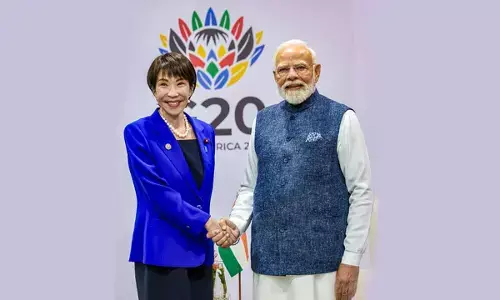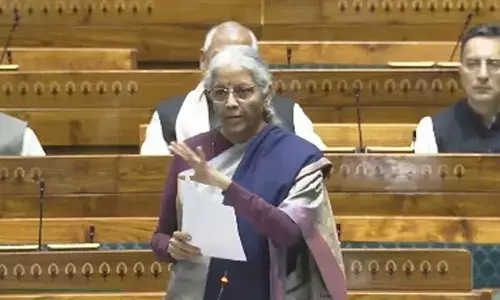Makar Sankranti 2024 Know the date, history, significance and celebration of the festival

Makar Sankranti, celebrated annually on January 14 or 15, holds immense cultural and agricultural significance in India.
Makar Sankranti, celebrated annually on January 14 or 15, holds immense cultural and agricultural significance in India. This vibrant festival marks the commencement of the harvest season and the sun's transition to Capricorn, symbolizing the arrival of warmer days and the end of bitter cold. As the days gradually lengthen after Makar Sankranti, the period of Uttarayan unfolds, lasting for approximately six months. This auspicious occasion is the most crucial among the 12 Sankrantis observed throughout the year.
Diverse Celebrations Across India:
Makar Sankranti is celebrated with fervor across the country, albeit with varying rituals and names. In West Bengal, it is known as Pousha Sankranti, while in Tamil Nadu, it is celebrated as Pongal. Assam commemorates it as Bihu, Gujarat as Uttarayan, Punjab as Lohri, and Assam again as Magh Bihu. Despite these regional differences, the festivities resonate with the spirit of joy and prosperity that accompanies the harvest season.
Renewal and New Beginnings:
The festival kicks off with the cleansing of homes and an early morning bath, followed by donning traditional attire. Devotees worship Lord Indra, the God of rains, and Lord Surya, seeking blessings for a bountiful harvest and happiness in the upcoming year. Makar Sankranti symbolizes a time for letting go of the old and embracing the new, with people buying new items in the hope of a year filled with success and prosperity.
Delightful Traditions and Culinary Delights:
From flying kites to relishing traditional foods like khichdi, dahi-chooda, Gud Ki Chikki, popcorn, Til Kut, khichdi, undhiyu, and gud kheer, Makar Sankranti is a day brimming with joyous activities and culinary delights. The use of rice, jaggery, sugarcane, sesame seeds, maize, and peanuts in various dishes adds a distinct flavor to the festivities.
Historical and Religious Significance:
The history of Makar Sankranti dates back to ancient times, emphasizing the importance of agriculture in the country. The festival marks the sun's journey towards the north, ushering in auspicious and warmer times. Hindus believe that taking a holy dip in rivers like the Ganga and Yamuna during this period brings spiritual cleansing. Additionally, the Kumbh Mela, organized once every 12 years, attracts millions of devotees to partake in the sacred rituals.
Makar Sankranti holds deep religious significance as well. It is believed that one who passes away during the auspicious period of Uttarayan achieves salvation from the cycle of death and rebirth. The festival is also associated with the birth of the deity 'Narashansa,' a precursor to Kalki, the final avatar of Lord Vishnu. Moreover, it commemorates the triumph of good over evil as Lord Vishnu defeated the demon Sankarasura on this day.
Diverse Celebrations Across India:
The festival of Makar Sankranti is celebrated with much fanfare, with certain regions extending the festivities for 2-4 days. In Gujarat, the celebration known as Uttarayan sees kite-flying as the highlight, turning the sky into a vibrant canvas filled with colourful kites. In Punjab, the lighting of bonfires marks the Lohri celebrations, accompanied by the exchange of gifts and the enjoyment of traditional treats.
In South India, particularly Tamil Nadu, Pongal is celebrated over four days, involving thorough house cleaning, intricate rangoli designs, and the burning of unwanted items in bonfires during Bhogi Mantalu. The Pongal Panai ritual, where families cook rice, milk, and jaggery in an earthen pot until it overflows, signifies abundance and prosperity.
Makar Sankranti is a celebration that unites the diverse cultures of India, showcasing the rich tapestry of traditions and rituals associated with the harvest season. As families come together, share joy, and partake in age-old customs, the festival symbolizes not only the bounty of the harvest but also the promise of warmer and happier days ahead. Whether flying kites in Gujarat, lighting bonfires in Punjab, or preparing Pongal in Tamil Nadu, the spirit of Makar Sankranti resonates with the unity in diversity that defines India's cultural landscape.














